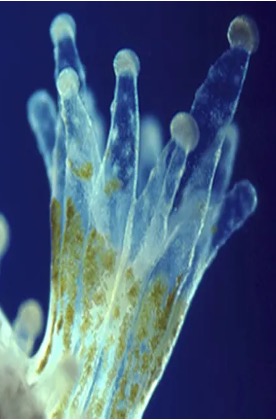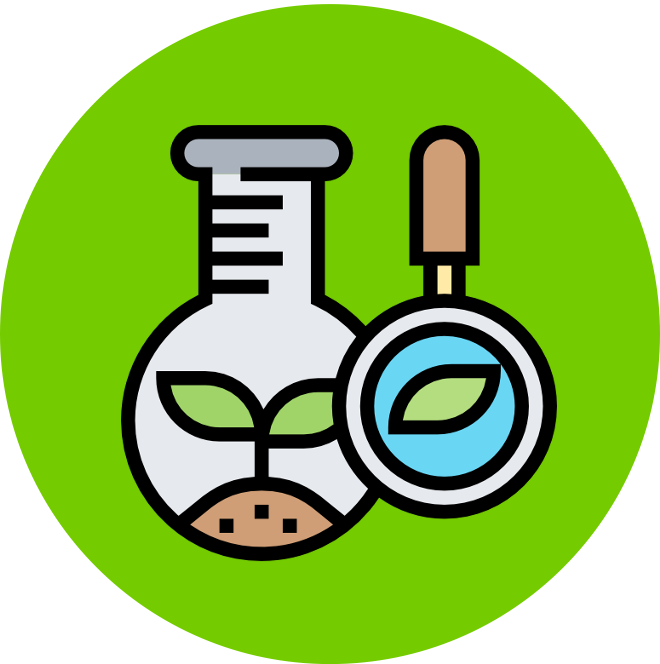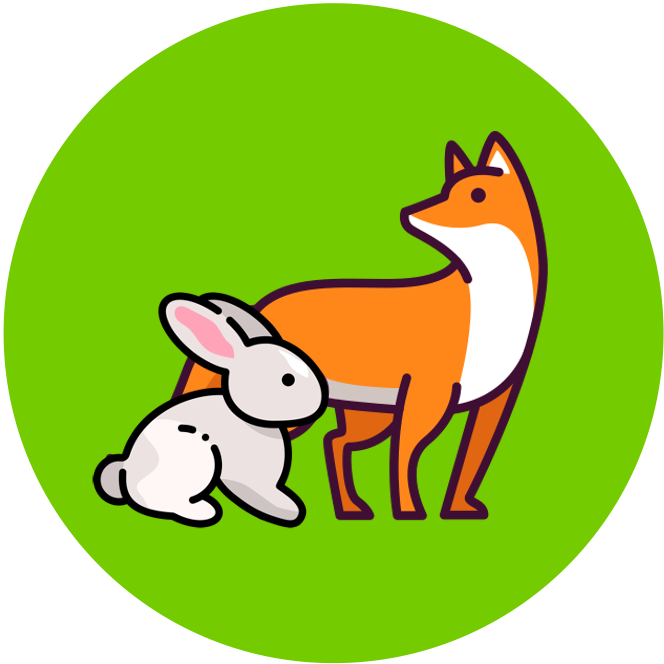

Species Interactions
Within an ecosystem, no organism exists in total isolation – all organisms interact with both the surrounding environment and other organisms
-
The interactions between species in a community can be classified according to their effect on the organisms involved
Herbivory
Herbivory is the act of eating only plant matter (e.g. primary consumers are considered herbivores)
-
Some herbivores may benefit a plant by only consuming certain parts (e.g. honeybees feed on nectar and enable pollen transfer)
-
Other herbivores feed to the detriment of the plant (e.g. cows grazing on grass, sea turtles eating seaweed)
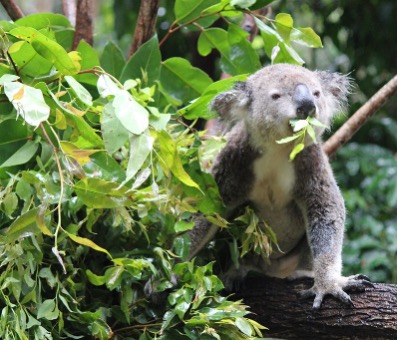
Predation
Predation is a biological interaction whereby one organism (predator) hunts and feeds on another organism (prey)
-
Because the predator relies on the prey as a food source, their population levels are inextricably intertwined
-
Examples include owls hunting mice, lions hunting zebras, wolves hunting deer and dolphins hunting fish
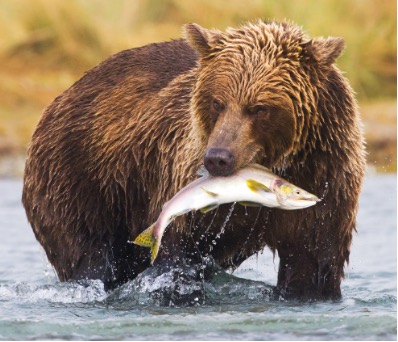
Interspecific Competition
Interspecific competition occurs when different species compete for resources (‘inter’ = between)
-
The competition can be direct (e.g. vying for territory) or indirect (e.g. consuming a resource to deplete its availability)
-
Examples include lions and hyenas competing for prey or pine trees and beech trees competing for light
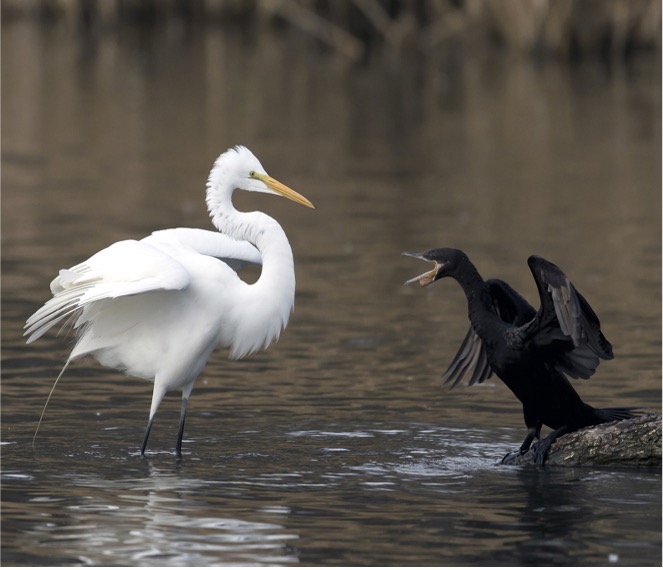
Symbiotic Relationships
Symbiosis describes the close and persistent (long-term) interaction between two different species
-
Mutualism – Both species benefit from the interaction (e.g. anemone protects clownfish, clownfish provides fecal matter for food)
-
Commensalism – One species benefits, the other is unaffected (barnacles are transported to plankton-rich waters by attaching to whales)
-
Parasitism – One species benefits to the detriment of the other species (ticks or fleas feed on the blood of their canine host)
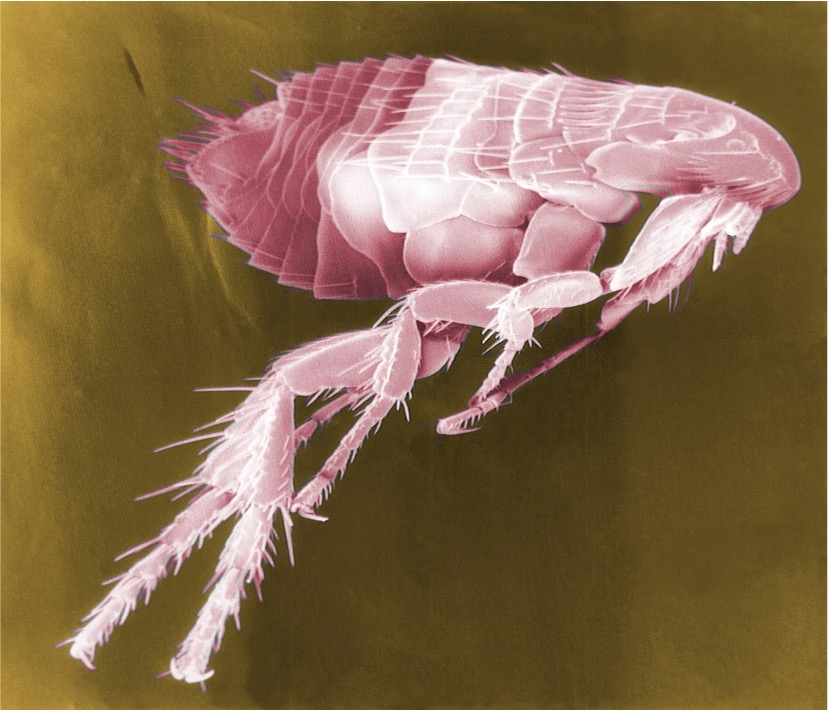
Pathogenicity
Pathogenicity involves an infectious microorganisms living inside or on a host organism and causing disease
-
The infectious agent (pathogen) causes disease by disrupting the homeostatic processes within the host
-
Examples include Mycobacterium causing tuberculosis in animals or powdery mildew (a fungus) causing foliar disease in plants
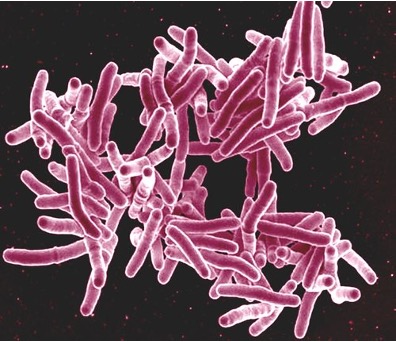
Species Interactions

Herbivory

Predator-Prey

Competition
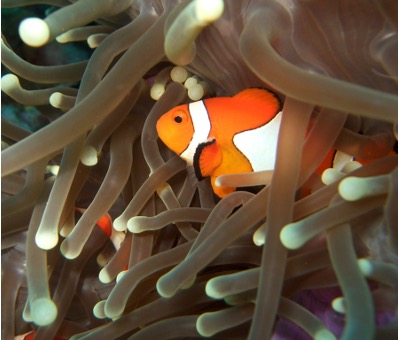
Mutualism

Parasitism

Pathogenicity
Mutualism
Mutualism describes an ongoing interaction between two species whereby both species benefit from the interaction
-
Examples include bacteria living in root nodules, fungi growing on plants and coral polyps housing photosynthetic algae
1. Root Nodules in Fabaceae
Fabaceae are a family of legumes that form a mutualistic relationship with a nitrogen-fixing bacterium (Rhizobium)
-
The legumes gain nitrates that can be used to build essential molecules (like proteins and nucleic acids)
-
The bacteria gain carbohydrates which were produced by the plant via photosynthesis
2. Micorrhizae in Orchidaceae
Orchidaceae are a family of flowering plants (orchids) that form a mutualistic relationship with a fungus
-
The fungus possesses long filaments (called hyphae) that connect to the plant roots forming an association called a micorrhizae
-
The hyphae greatly increase the surface area of the root system (more absorption), while the fungus gains carbohydrates from the plant
3. Zooxanthellae in Coral Polyps
Coral reefs consist of coral polyps which exist in a mutualistic relationship with photosynthetic algae (zooxanthellae)
-
The zooxanthellae carry out photosynthesis to provide carbohydrates for the coral polyp
-
The polyp secretes a calcium carbonate exoskeleton which provides shelter and protection for the algae
Mutualistic Relationships
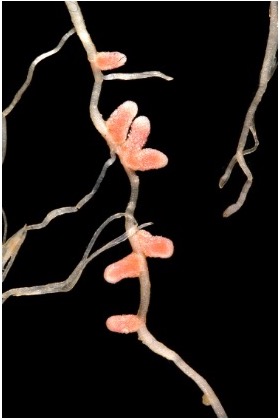
Root Nodules
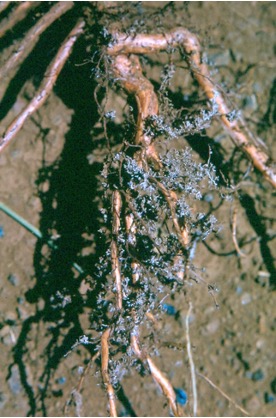
Mycorrhizae
